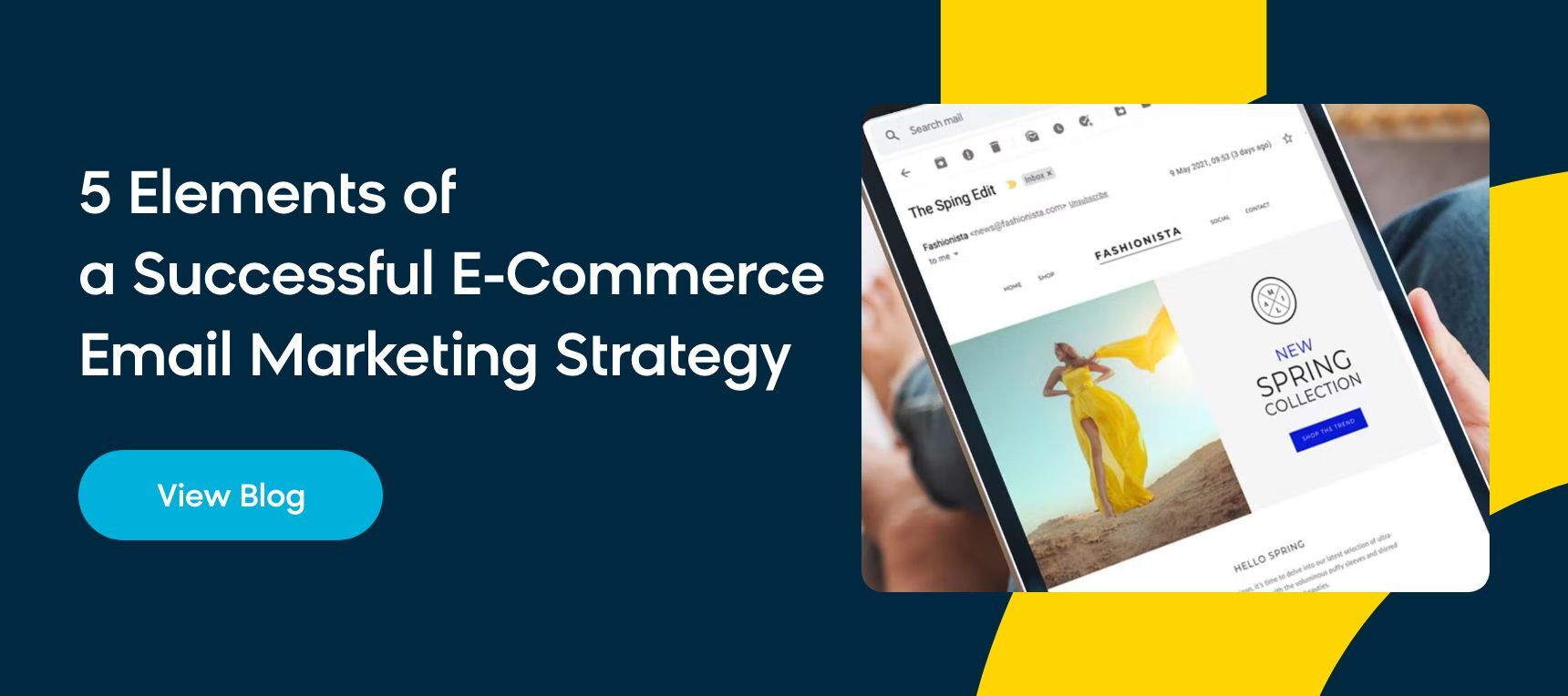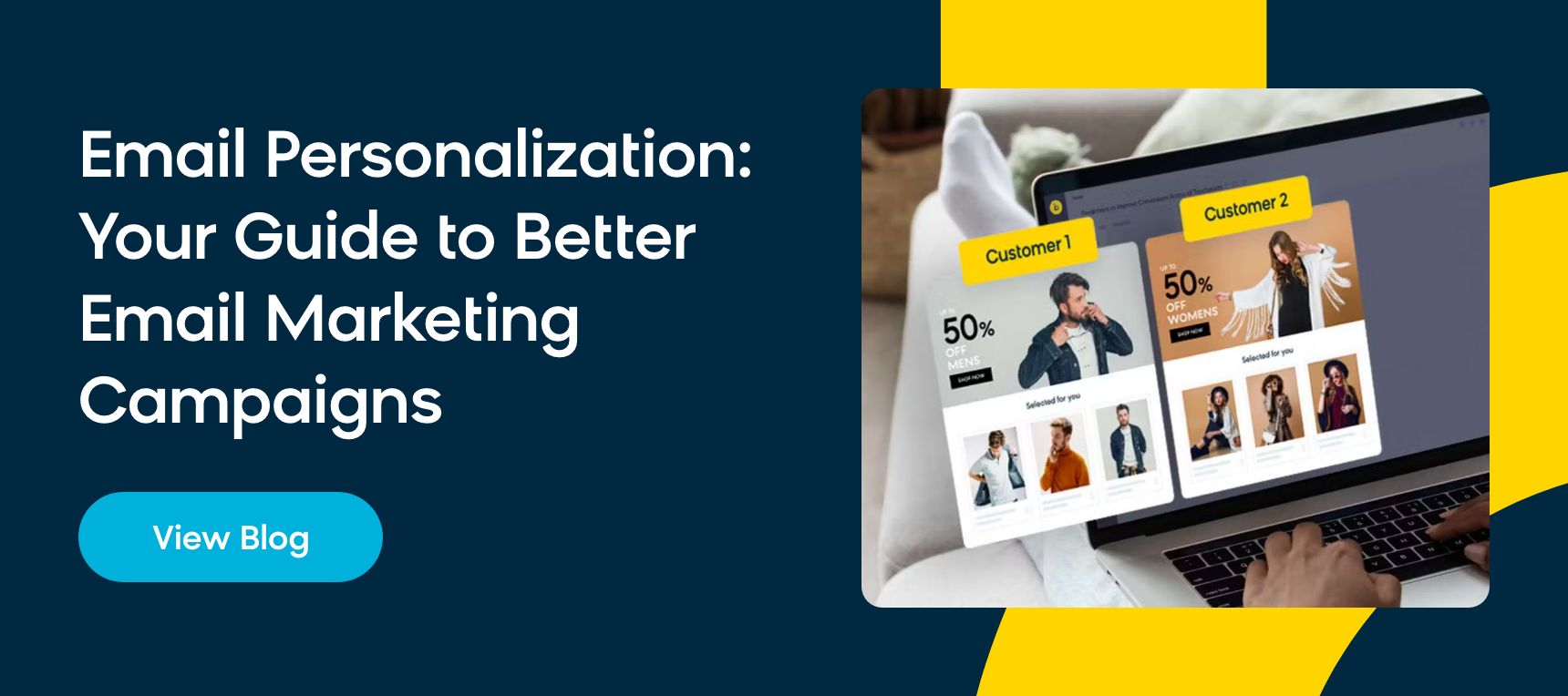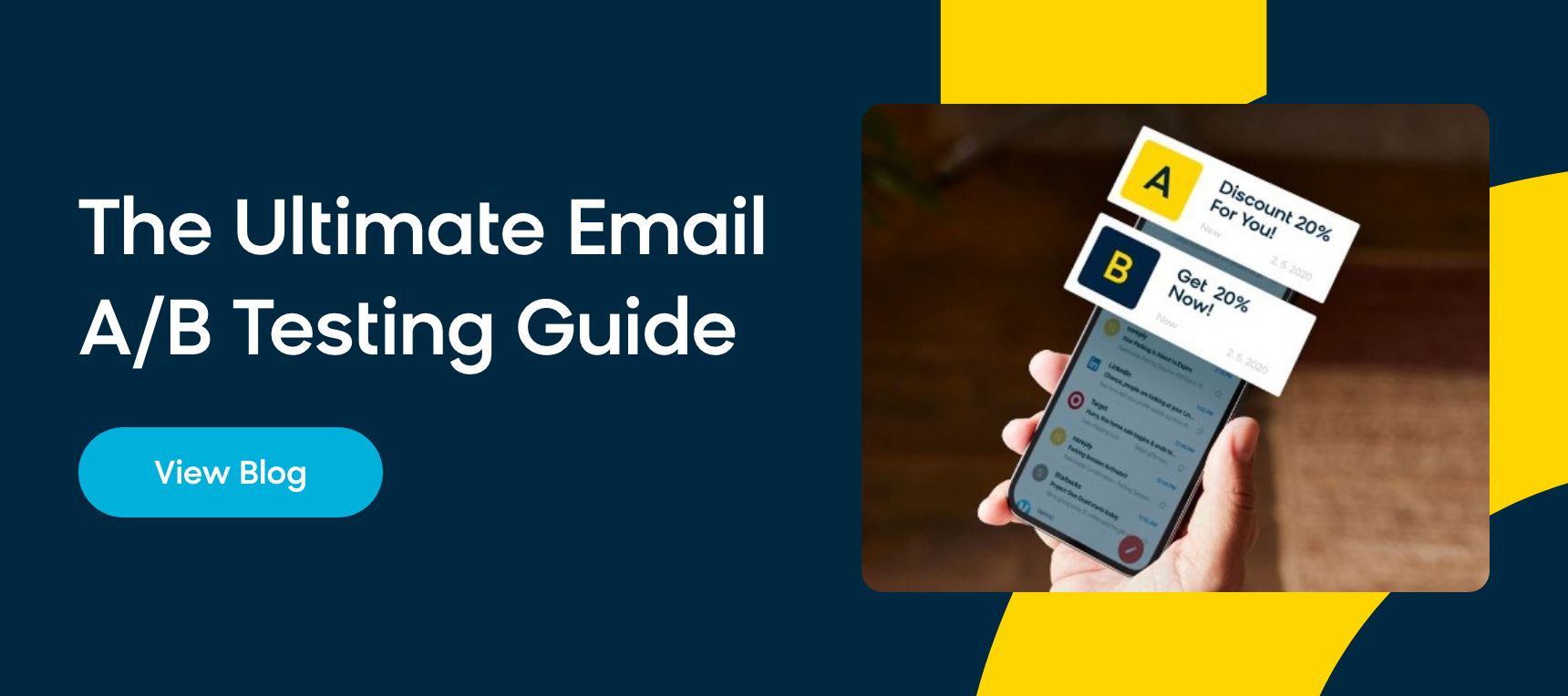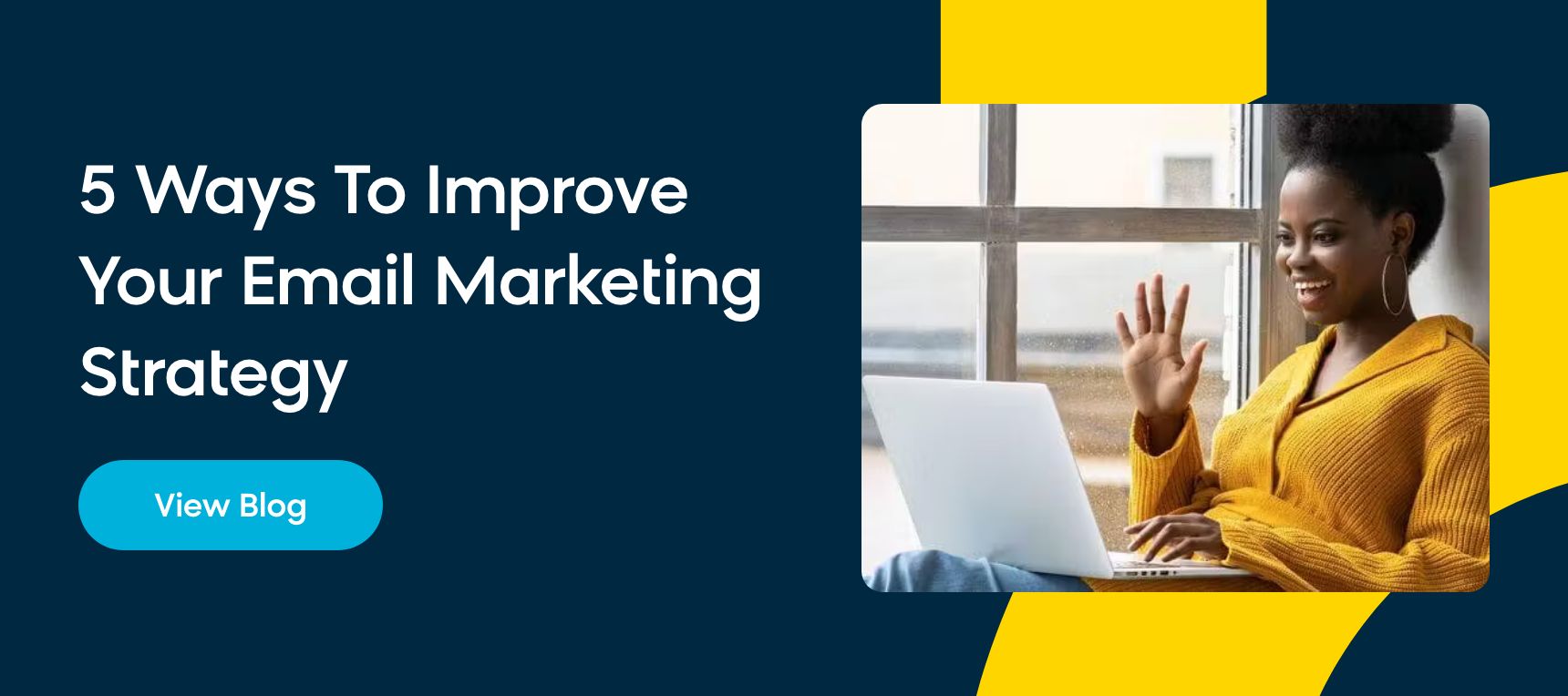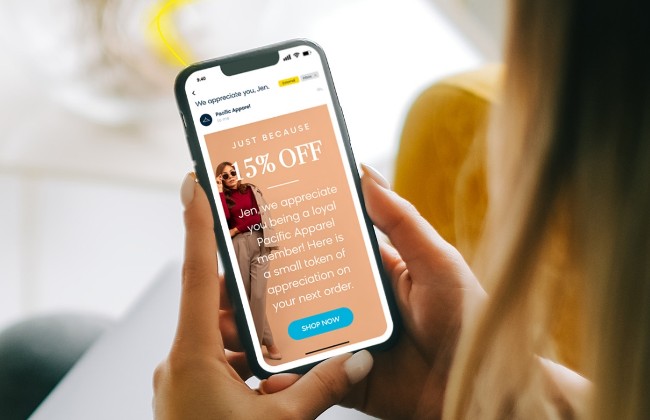Email Marketing Segmentation: Best Practice Guide
By Ian Donnelly
10/03/2023
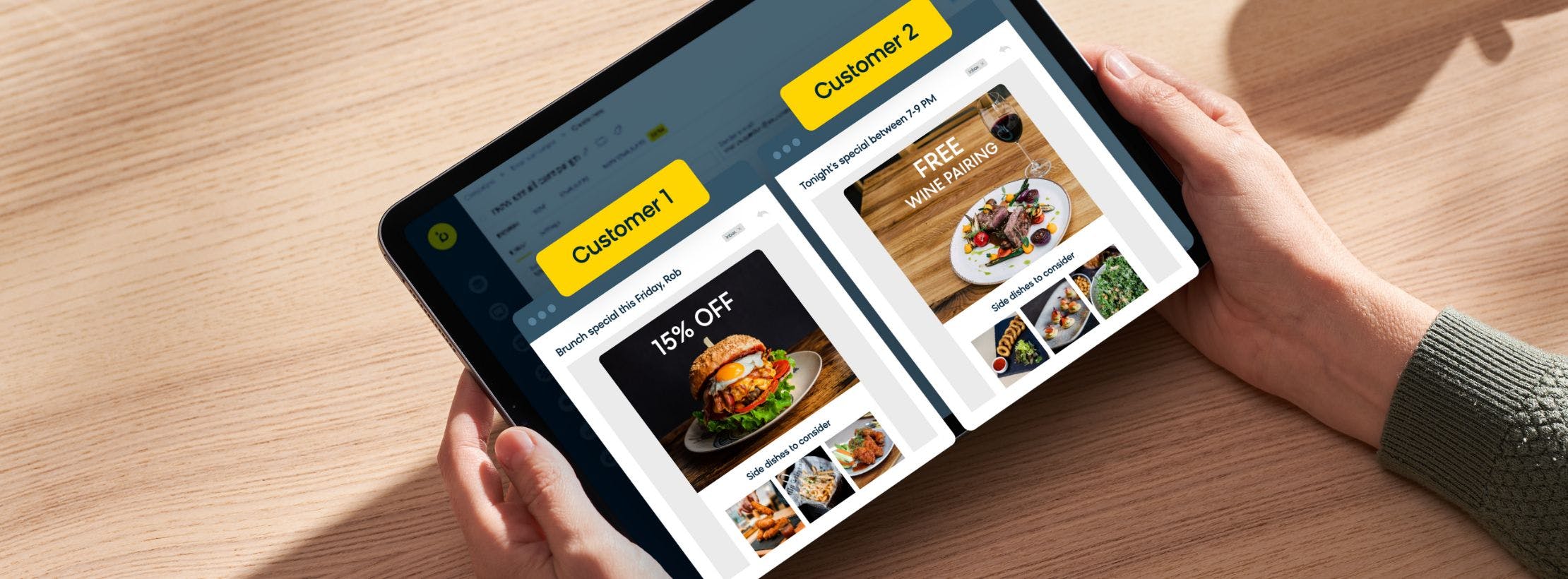
In a digital world where every brand is trying to speak directly to each consumer, your marketing requires a personalized touch for every campaign you execute. That’s why email segmentation is so important — it can turn your one-size-fits-all emails into tailored, ROI-driving messages.
But if you aren’t segmenting your emails, it’s hard to know where to start. It can be an intimidating prospect with so many different ways to group your customers.
In this guide, we'll unpack everything you need to know about email marketing segmentation: what it is, why it's beneficial, and how you can effectively incorporate it into your email marketing strategy.
What Is Email Segmentation?
Email segmentation is the process of dividing your email subscribers into smaller, more targeted groups based on specific criteria. The goal is to group audience members with shared characteristics into segments in order to effectively market to each group.
For any marketing strategy, customer segmentation is pivotal for success. And since email is still king of the marketing channels — with the most lucrative and best-performing results — it’s in every marketer’s best interest to optimize their email segmentation efforts.
With email marketing software like Bloomreach Engagement, you can segment your audience based on a variety of different data points. From demographic information like age and location to behavioral data like past purchases and website activity, there are many different ways to group your audience to improve your email marketing efforts.
It’s all about the strategic approach you take to dividing a target market into distinct groups. When segmented correctly, your groups can provide valuable insights into the diverse needs of your audience and help you tailor your emails effectively to reach each customer.
Read This Next: 5 Elements of a Successful Ecommerce Email Marketing Strategy
Email Segmentation Benefits
Email segmentation can have long-lasting advantages to your email marketing campaigns, including:
More Personalized Marketing
One of the main benefits of email segmentation is that it allows for greater personalization in your marketing campaigns. When you understand the unique preferences and interests of your subscribers, you can tailor your content to better meet their needs.
And this is no longer an aspirational goal for marketers — ecommerce personalization is a requirement for modern businesses. You need to harness the valuable data that your customers provide as they interact with your business and use it to get to know them, guide them through a worthwhile customer journey, and impress them with unique experiences that keep them coming back for more.
When you use segmentation to personalize your email marketing, you can create meaningful interactions with your brand, foster a sense of connection with your customers, and build the kind of customer loyalty that helps your business grow.
Increased Conversion Rates and ROI
Segmentation doesn’t just sound like a good idea — the data shows exactly how important it is to your email marketing success.
Segmented email campaigns consistently outperform those that aren't segmented. Studies show that segmented email campaigns produce 30% more email opens and 50% more click-throughs than untargeted email campaigns.
And this naturally translates to better conversion rates and increased ROI. Marketers who send segmented campaigns have noticed up to a 760% increase in revenue, showing just how powerful targeted email marketing can be.
Improved Customer Experience
By sending more relevant and personalized emails, you can enhance your subscribers' overall experience with your brand. This not only increases their satisfaction but also makes them more likely to engage with your emails in the future.
When you create email segments, you’re whittling down your campaign’s focus to target the right audience with the right message. This helps you deliver more relevant content to your email subscribers, creates a more streamlined path to purchase, and shows your audience that you value them as unique and important customers.
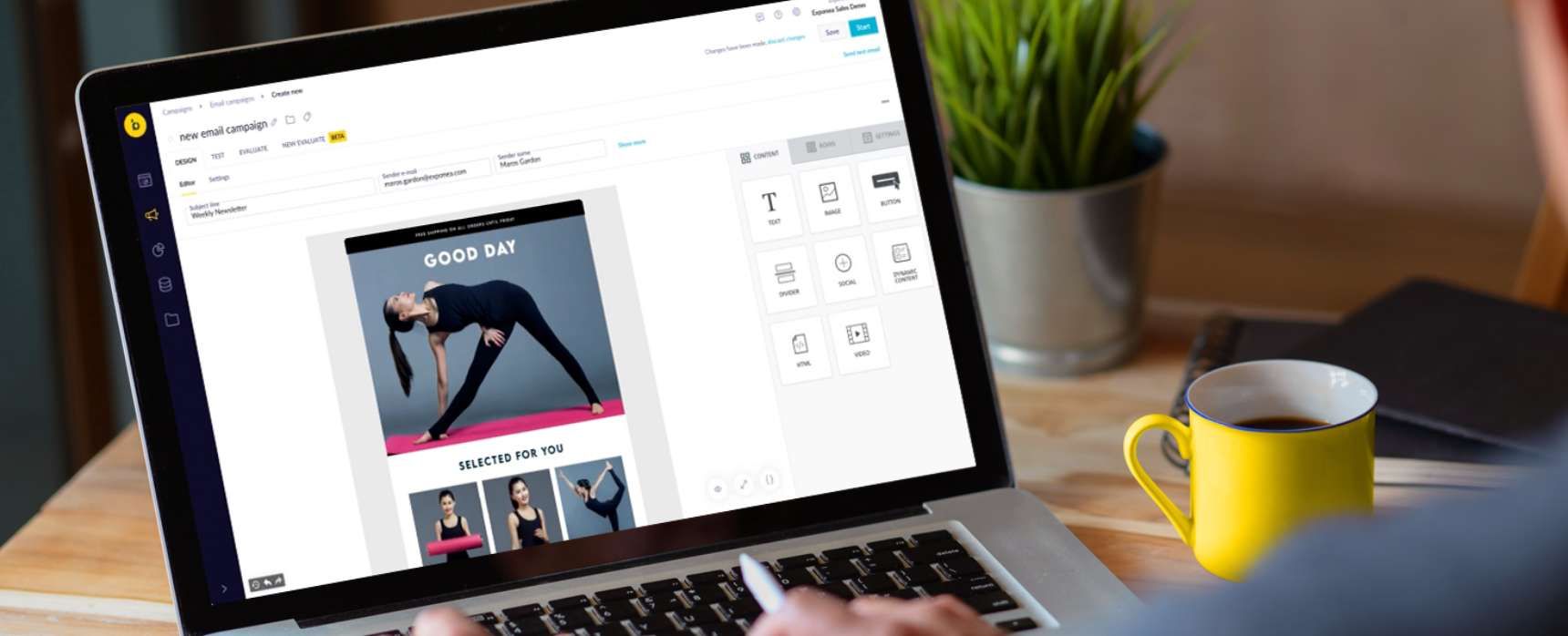
That’s why it’s vital for brands to optimize their email segmentation and constantly work toward refining their customer experience. By identifying the needs of your loyal customers and meeting their demands as they develop, you can build strong customer relationships and increase your customer engagement.
How To Segment Your Email List: Ideas for Ecommerce
Now, let's take a look at some practical ways you can segment your email list, particularly in an ecommerce context.
Demographics
Demographic segmentation is one of the most common forms of email segmentation. This involves dividing your email list based on demographic characteristics such as age, gender, job title, and income level.
For example, a clothing retailer might segment their list by gender to send targeted product recommendations. For a marketing software company, it would be in their best interest to send different emails to decision makers like a CTO than to potential users like a Content Marketing Manager.
These variables are simple data points but very effective factors for segmenting subscribers and personalizing your email marketing campaigns.
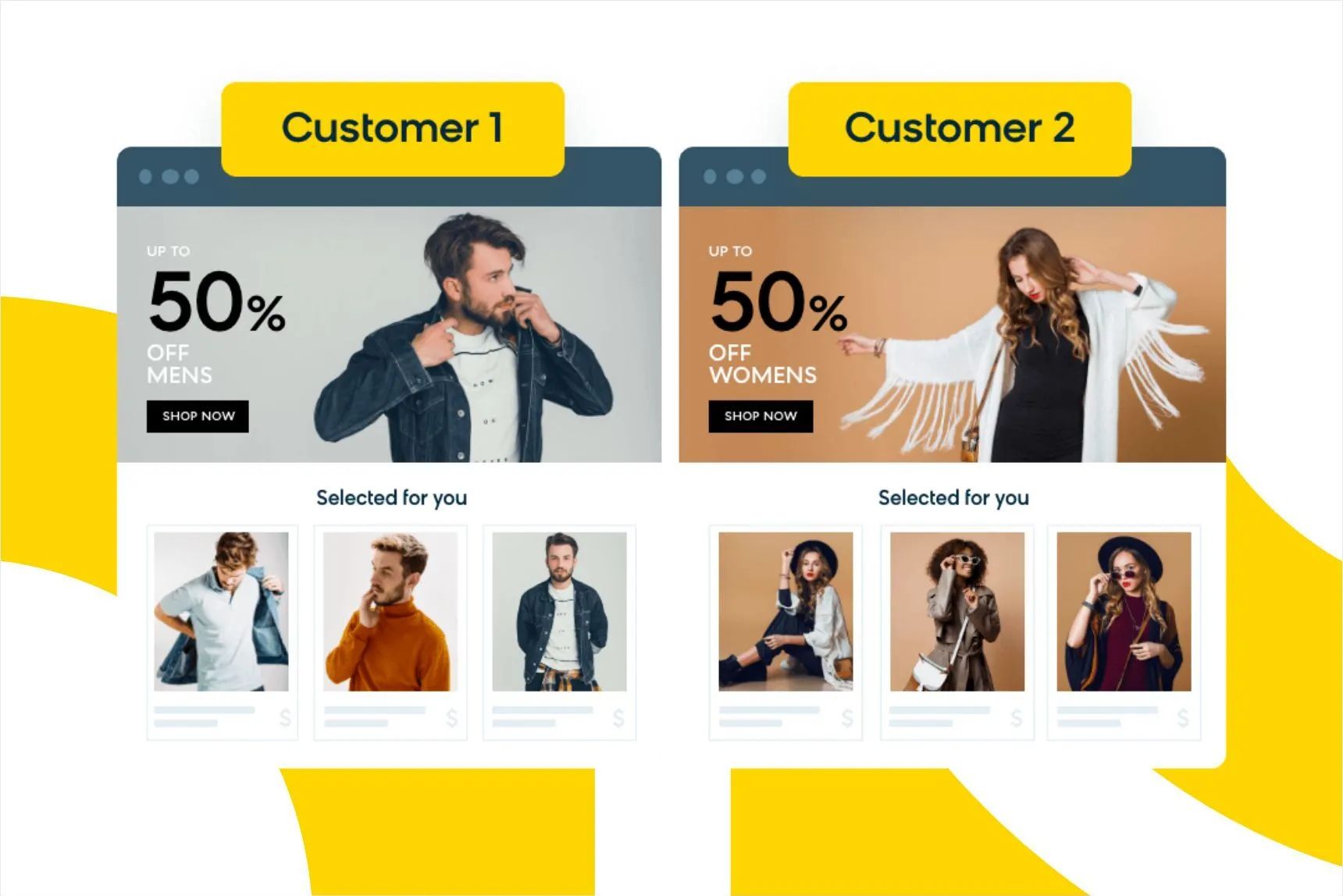
Behavioral Data
Behavioral data refers to how your email subscribers interact with your brand — how they respond to your emails, what they do on your website, how they interact with other campaigns, and so on.
This can include a host of data points, like which emails they open, what links they click on, and what products they've previously navigated to on your site. If you know a customer has viewed a product more than once, you can assume they are considering a purchase and can market to them accordingly. Or if a customer is browsing a certain category of products, you can cater your messaging to help them continue their search.
By segmenting your list based on behavioral data, you can send highly targeted emails that reflect your subscribers' unique behaviors and preferences.
Geographic Location
Geographic location is another useful criterion for email segmentation that shouldn’t be overlooked.
If you have subscribers from all over the world, it can be beneficial to send them content that's relevant to their specific location. This could include information about local events, regional promotions, or even weather-related content.
It could be as simple as targeting an audience that lives in a tropical environment with warm-weather products like sunglasses instead of heavy winter coats. Or, if your store is having an in-store sale, you can notify and invite customers that are near your location to visit and shop in-store.
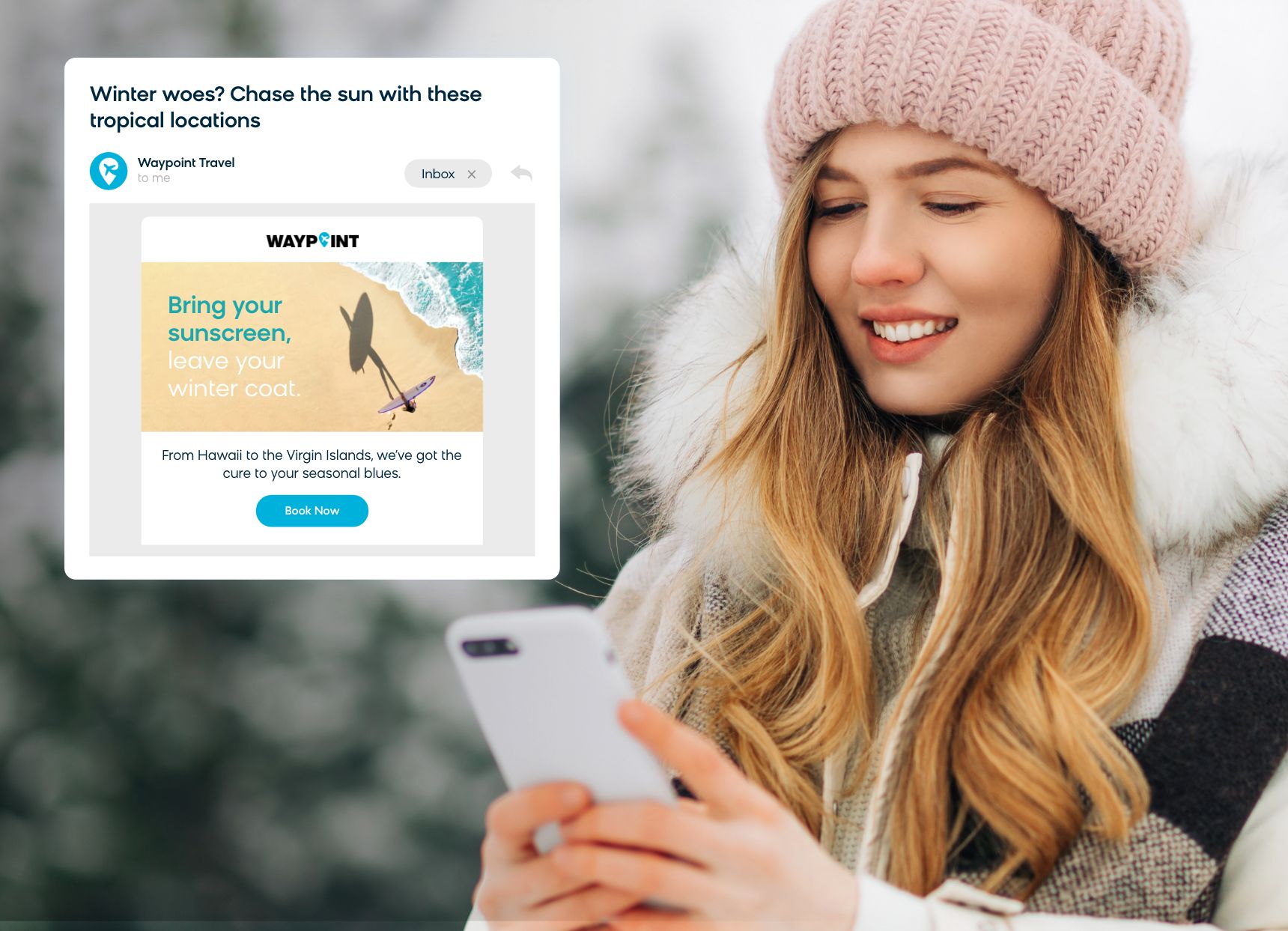
Interests or Preferences
If you know the interests and preferences of your target customers, you can use this information to send them more personalized content. This type of information is invaluable for segmentation purposes — it’s an opportunity to show your audience that you understand them and build an emotional connection with them.
For instance, if you run an online bookstore, you could segment your list based on genre preferences to send tailored book recommendations. Or, a sporting goods store could segment audience members based on the sports they’re interested in, sending soccer fans different deals than football and baseball fans.
A shopper’s likes and dislikes are powerful data points. When you factor these into your email marketing segmentation, you can create more targeted email campaigns and build brand loyalty.
Engagement Level
Engagement level refers to how actively your subscribers interact with your emails. This is an important factor in finding the right cadence and timing for your email marketing for different audiences — some will engage with more emails while others will only interact sparingly, and you can’t group those customers together and hope to achieve great results.
A straightforward approach to utilizing this information is to create separate segments for highly engaged subscribers, occasionally engaged subscribers, and inactive subscribers. By segmenting your list this way, you can send relevant messages accordingly.
You can tailor your content and messaging to try to prevent less-active subscribers from churning, continuously encourage engagement from active subscribers, and reward your most loyal and engaged customers to make them feel valued.
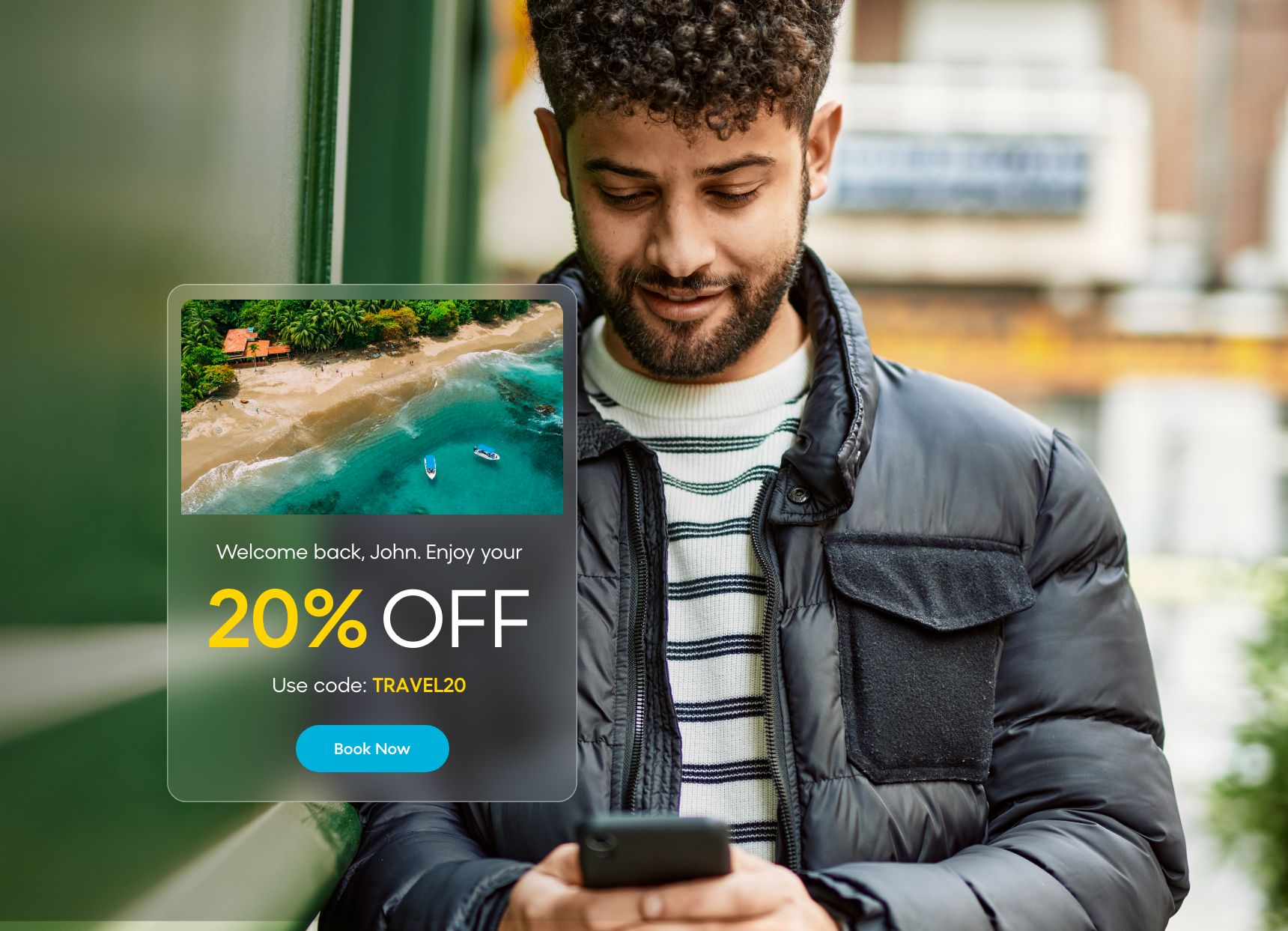
Purchase History
Segmenting your list based on purchase history can be particularly effective for ecommerce businesses. You can create segments for customers who have made a purchase, those who haven't yet made a purchase, and even those who have abandoned their shopping cart.
Not only is it important to know which customers purchased what for your overall marketing strategy, but each of these email marketing segments deserves their own targeted campaigns and relevant messaging.
Customer Lifecycle Stage
It’s a fact of modern business that not all customers follow the same customer journey. And at any given time, different customers are at different stages in their relationship with your brand.
Some may be new subscribers, others may be long-time customers, and some may fall somewhere in between. As a marketer, you can use these groups to your advantage and segment your subscriber list based on what stage they are at in the customer lifecycle.
Your loyal customers should receive different promotional emails from those who just joined your email list. New subscribers would be more likely to expect a welcome email series, while long-time customers would want early sale access or other rewards for their ongoing patronage.
When you send more relevant content to each group, you can encourage users to stay connected and help move them further along in their journey with your brand.
Read This Next: What Is Customer Lifecycle Management and Marketing?
Email Segmentation Best Practices
Now that you have some useful ways to frame your segmentation strategy, let's explore some best practices that every business needs to keep in mind for email segmentation.
Start Simple
If you're new to email segmentation, it's a good idea to start simple. Building your email marketing strategy step by step is easier than trying to implement complicated targeting techniques all at once.
Begin by creating a few basic segments, then gradually add more as you get more comfortable with the process and gather more data about your subscribers. Soon, you can adopt tried-and-true customer segmentation models and refine your efforts with more focused and targeted segments.
Segment Accurately and Carefully
The effectiveness of your email segmentation strategy depends on the accuracy of your segments. You need to make sure you're collecting and analyzing the right data to create meaningful segments that truly reflect your subscribers' interests and behaviors.
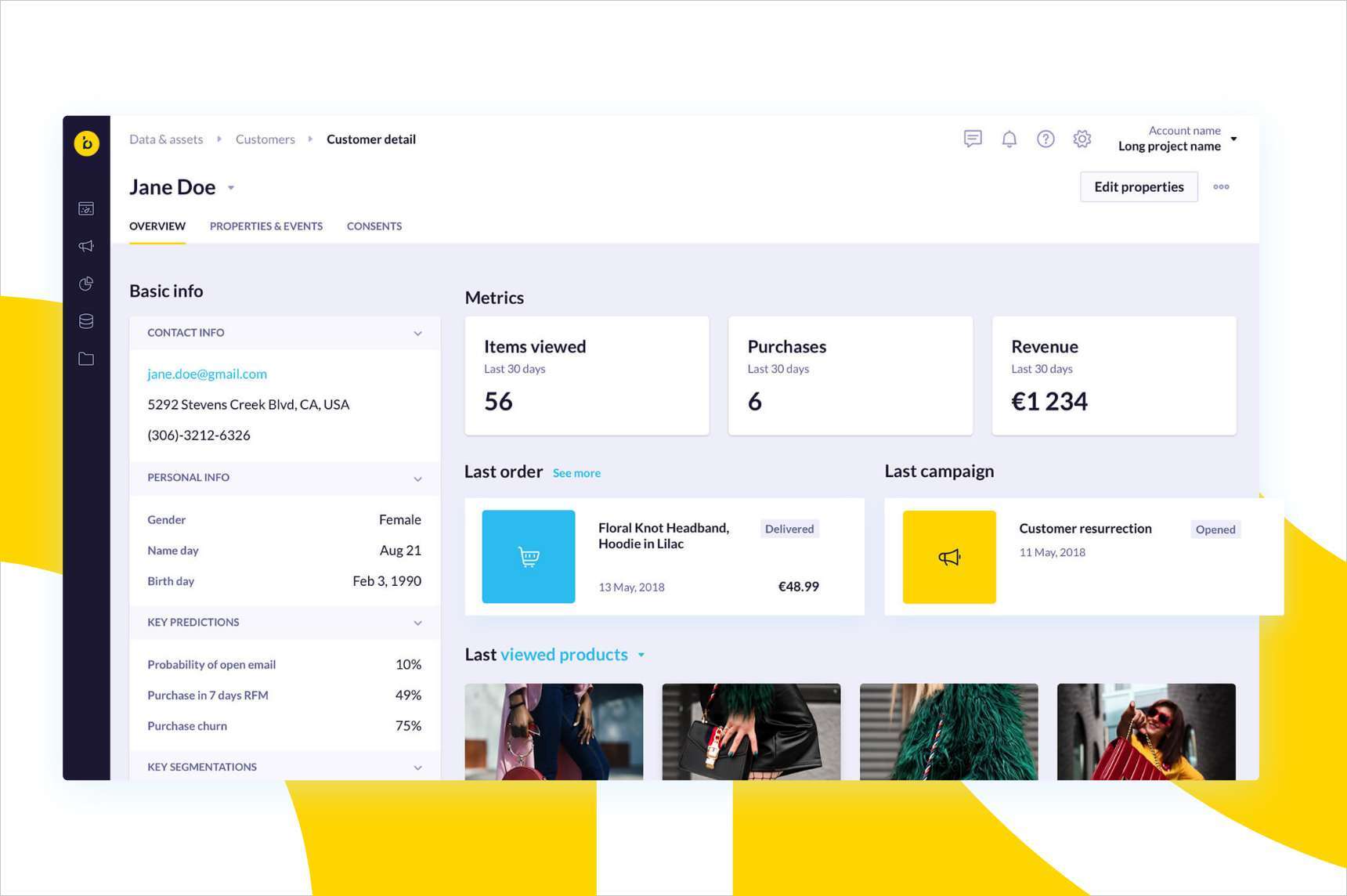
To do this, you need a single customer view (SCV) of each of your customers. An SCV is a database with customer profiles for every individual person who interacts with your business. It centralizes all your information with each customer’s purchase history, site activity, product recommendations, and more.
Grouping your customers starts with knowing each one of them on an individual level, which is exactly what a single customer view offers. All your data is connected and available in one unified place, which makes segmenting your audience a more streamlined process.
Personalize Your Content
Once you've segmented your list, you need to make sure you’re using the shared qualities of your groups to serve suitable and personalized content for each segment. This doesn't just mean adding a subscriber's name to an email — it means sending content that's specifically tailored to their interests, needs, and behaviors.
You can personalize the subject lines, the images you use, the products you highlight, the CTAs you utilize — there are many ways you can tailor your emails to speak directly to email subscribers. When you use your segmentation parameters to inform every aspect of your content, you can rest assured that your emails are serving the right message and you’re executing targeted campaigns.
And these are just the first steps you can take to personalize your email strategy. With the right tools and access to all your customer data, you can make every email marketing campaign speak to your customers on an individual level.
Read This Next: Email Personalization: Your Guide to Better Email Marketing Campaigns
Automate as Much as Possible
Email marketing automation can save you a lot of time and effort when it comes to segmentation. Many email marketing platforms offer features that automatically segment your list based on various criteria, so take advantage of these tools whenever possible.
Plus, with automation, you can map out your customer journeys and prearrange email workflows that cater to your customers based on real-time triggers, specific behaviors, and timelines.
As long as you have the right automation tools and your list segmented accordingly, there are no limits to what your automated emails can accomplish.
Test and Refine
It’s important to remember that email segmentation is not a set-it-and-forget-it process. Marketers need to continually test and refine their segments to ensure they're as effective as possible.
The ability to test elements of your email campaigns is a game-changer for any marketing strategy. You can test changes to your emails and gain valuable insights on what works and what doesn’t, which can then factor into your email segmentation efforts.
The more relevant data you have, the better your email segments can be. So, make sure you monitor your email analytics, experiment with different segmentation strategies, and adjust your approach based on what works best for your audience and your business.
Read This Next: The Ultimate Email A/B Testing Guide
Optimize Your Email Segmentation With Bloomreach Engagement
Email segmentation is a powerful tool that can significantly enhance your email marketing efforts. By dividing your email list into targeted segments, you can deliver more personalized and relevant content to your subscribers, encourage more customer engagement, and boost your ROI.
To make the most of your segmentation strategy, you need a tool that can unify your data, orchestrate your email journeys, and map your audience to the right campaign in real time. And that’s exactly what Bloomreach Engagement offers.
Our platform is an omnichannel marketing solution that brings together all your customer data, automation, AI, and analytics in one place. Marketers can build personalized campaigns, test their results, and tailor all their communications to craft long-lasting customer relationships.
Looking for more inspiration to bolster your email marketing strategy? Check out our blog on the best ways to improve your email marketing.
Found this useful? Subscribe to our newsletter or share it.

